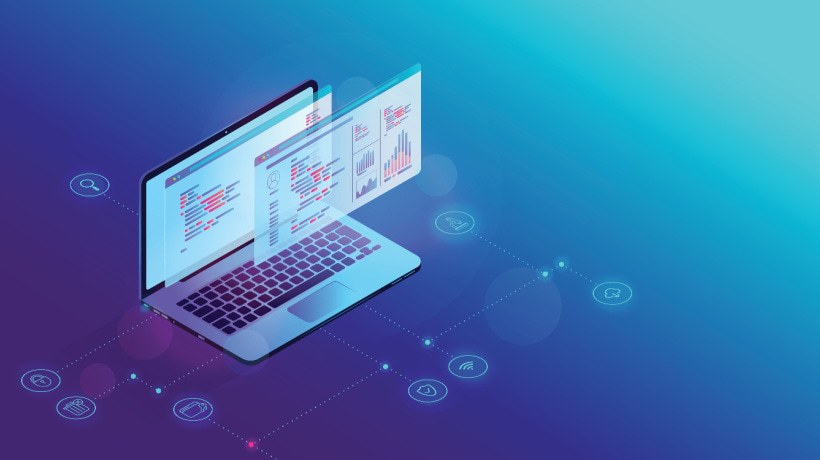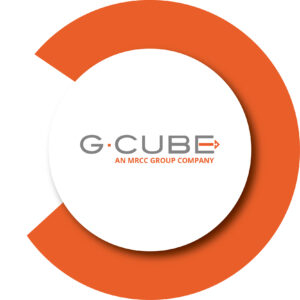Upgrade Your L&D Engine: Less Admin, More Impact
The face of corporate learning is changing. Learners now expect seamless digital experiences, just like they receive as consumers. However, many Learning and Development (L&D) teams remain trapped in a time-consuming cycle of manual enrollments, tracking spreadsheets, and inboxes flooded with assessment reminders. This disconnect between a modern learner's expectations and outdated L&D operations isn't just a nuisance; it's a growth blocker. The solution? A digital overhaul of the L&D backend.
Automating training operations—from enrollments to assessments, reminders, and compliance tracking—frees your L&D team to shift from tactical firefighting to strategic impact. In this article, we'll unpack what a digital L&D backend looks like, how workflow automation can revolutionize learning operations, and why now is the time to make the move.
Why Manual L&D Ops Are No Longer Sustainable
Let's start by acknowledging the pain points that most L&D teams know too well:
- Clunky enrollment processes
Manually adding learners to courses or cohorts leads to delays, errors, and inconsistent data across platforms. - Disjointed assessment workflows
Trainers spend hours reviewing quiz results, compiling scores, and issuing certifications by hand. - Chasing learners with reminders
Endless reminder emails to learners about upcoming training or overdue compliance modules wastes valuable time. - Spreadsheets for compliance
Tracking who completed what, when, and whether it's compliant with regulations is a risky, error-prone task when done manually.
These business processes not only reduce operational efficiency but also keep L&D professionals stuck in admin mode. Instead of focusing on high-impact initiatives like skills mapping, strategic capability building, or personalized learning journeys, they're managing spreadsheets and email chains. It's time for that to change.
What Does A Digitally Upgraded L&D Backend Look Like?
Modern L&D teams need more than just a Learning Management System (LMS). They need a smart, automated training operations layer that works with their learning tools to:
- Automatically assign training based on roles, locations, or performance needs.
- Track learner progress in real time.
- Trigger reminders without human intervention.
- Flag compliance risks before they become issues.
- Generate reports that show ROI and outcomes, not just completions.
In essence, automation should make training operations invisible to the L&D team, so they can focus on what really matters: strategy, learning design, and business alignment.
The Core Components Of Automated Training Ops
Here's how automation can be integrated into different parts of the training lifecycle to bring major operational efficiency:
1. Enrollment Automation
Manual enrollments are inefficient and ripe for mistakes. Automating this step ensures learners are enrolled in relevant training based on their:
- Job roles and departments.
- Skill gaps.
- Compliance requirements.
- Career path progression.
Modern platforms can pull data from HRIS, CRM, or other enterprise systems and auto-assign training based on predefined logic. This not only saves time but ensures the right people are getting the right training at the right time.
- Example
When a new sales rep joins the team, they're automatically enrolled into onboarding, product knowledge, and compliance training modules, all without anyone lifting a finger.
2. Assessment Automation
Evaluating training effectiveness shouldn't involve hours of manual scoring or copying results between tools. With automation:
- Assessments can be auto-graded and results instantly captured.
- Conditional logic can unlock the next module based on scores.
- Certificates can be auto-issued upon successful completion.
- L&D teams can access real-time dashboards on assessment outcomes.
This closes the loop between learning and performance, helping teams identify whether training actually moved the needle.
- Bonus
Built-in analytics can help trainers fine-tune content based on where learners are getting stuck or dropping off.
3. Automated Reminders And Nudges
Let's face it: most employees don't eagerly look forward to mandatory training. And L&D teams shouldn't have to spend their days chasing learners. Automation helps with:
- Personalized email/SMS/app reminders before and after deadlines.
- Behavioral nudges based on learner progress (e.g., "You're halfway there!")
- Escalation workflows to notify managers if learners are inactive.
These reminders can be timed, contextual, and branded to feel like part of a seamless learning journey, not nagging emails.
4. Compliance Tracking And Auditing
For regulated industries, compliance training is nonnegotiable. But relying on spreadsheets and manual follow-ups is risky and inefficient. With an automated compliance layer, L&D teams can:
- See compliance completion status at a glance.
- Auto-flag employees overdue for certification.
- Generate audit-ready reports for regulators in a click.
- Auto-reset annual or recurring training assignments.
- Outcome
Instead of fearing the next compliance audit, L&D teams can confidently pass with minimal prep.
How Automation Frees L&D Teams For Strategic Work
Automating your L&D backend isn't just about saving time; it's about elevating your L&D function.
From Admins To Architects
By eliminating low-value tasks, L&D professionals can act as learning architects, mapping capabilities to business outcomes, creating competency frameworks, and experimenting with new learning formats like microlearning or simulations.
Data-Driven Decision Making
With automated operations, data flows smoothly. L&D teams can access real-time insights on:
- Course completion rates.
- Learner engagement.
- Training effectiveness.
- Impact on performance metrics.
This allows learning leaders to have more strategic conversations with executives, tying learning initiatives directly to business KPIs.
Personalization At Scale
Freed from repetitive tasks, L&D teams can design more personalized, learner-centric experiences, tailoring content to roles, learning styles, and career paths without increasing workload.
Faster Response To Business Needs
Whether it's launching a new product or addressing a skills gap, automation enables L&D to act swiftly, rolling out targeted learning programs in days instead of weeks.
Signs It's Time To Automate Your Training Ops
If you're not sure whether your backend needs a digital upgrade, ask:
- Are enrollments still done manually or via emails?
- Are reminders being sent one-by-one?
- Are you using spreadsheets to track compliance or progress?
- Does it take days to prepare reports for stakeholders?
- Are L&D professionals spending more time chasing completions than designing learning?
If you answered "yes" to even two of these, you're leaving time and strategic potential on the table.
Choosing The Right Automation Layer For L&D
Before jumping into automation, take stock of your current ecosystem:
- Do you have an LMS or are you still email-driven?
- What tools are you using for assessments, surveys, or reporting?
- Is your learner data centralized or siloed?
Once you understand your setup, look for platforms or no-code solutions that:
- Integrate with your HR and LMS tools.
- Allow custom workflows without coding.
- Offer real-time dashboards and alerts.
- Provide audit-friendly compliance tracking.
- Scale with your team's growth.
Many organizations are also exploring no-code low-code app development platforms to build custom L&D workflows without relying on IT. This approach is agile, scalable, and future-proof.
Real-World Impact: What Automation Delivers
Organizations that digitize and automate their L&D operations report:
- Up to 60% reduction in admin workload.
- 40% faster course rollout times.
- Higher compliance rates, with fewer escalations.
- More engaged learners due to personalized journeys.
- Greater alignment between training efforts and business strategy.
Beyond the numbers, automation shifts the culture of learning from reactive to proactive, from fragmented to unified.
The Future Is Here And It's Automated
In a world where business conditions shift rapidly, your L&D team can't afford to be bogged down by logistics. Automation is not just about efficiency; it's about agility, scalability, and creating space for innovation. When the backend is automated, your L&D professionals get to focus on what they do best:
- Designing transformative learning experiences.
- Building future-ready skills.
- Driving talent and business growth.
It's time to stop managing spreadsheets and start managing impact.
Conclusion: Empower Your L&D Team By Letting Go Of The Admin
The true power of an L&D team lies not in how well they manage calendars, emails, or spreadsheets, but in how effectively they align learning to business goals and employee growth. Yet, countless learning professionals remain buried under a mountain of manual tasks—scheduling sessions, sending reminders, tracking compliance, and compiling reports. This outdated model doesn't just strain your team; it limits your organization's ability to build a responsive, future-ready workforce.
Automating training operations is not about replacing people; it's about unlocking their potential. When routine tasks are handled by digital process automation, your L&D team gains the space to be strategic. They can spend time crafting impactful learning journeys, analyzing skills gaps, experimenting with new formats, and showing real ROI to business leaders.
From automated enrollments and assessments to compliance tracking and nudges, the benefits extend beyond efficiency. You build a culture where learning is proactive, consistent, and aligned with business needs. You enable real-time insights, faster decision-making, and scalable learning operations.
In a fast-changing world of work, the need for continuous upskilling is urgent. But without the right backend infrastructure, even the best learning strategies fall flat. A digital L&D backend isn't a luxury; it's a necessity. Make the shift, and empower your team to lead the future of learning. Now is the time to automate your training ops and reimagine what L&D can truly achieve.









